Summer, Sunshine, & Your Skin
By Dr. Wade Mitchell, Medical Director, Quaintrelle Medical in Collingwood
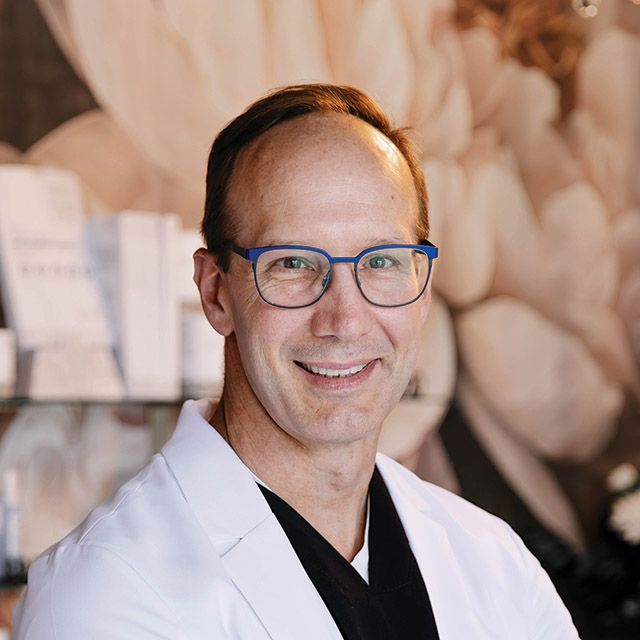
A GP dermatologist’s guide to protecting your skin from sun damage, cancer risk, and common sunscreen mistakes—in time for summer.
You can usually spot the dermatologist at the beach: they’re the ones in a long-sleeve “rasher” swim shirt, a wide-brimmed hat, with a thick layer of zinc on their nose and a telltale sheen from a copious application of SPF sunscreen. Why so cautious? Two reasons: skin aging and skin cancer.
About 95% of the sun’s rays are UVA, which penetrate through the full thickness of the skin—both the epidermis and dermis. UVA exposure leads to sun damage such as solar freckles, loss of elasticity, visible blood vessels, fine lines and wrinkles—damage to skin DNA that can lead to unregulated cell growth otherwise known as skin cancer. The other 5% of UV radiation comes from UVB, which is mainly responsible for tanning. But don’t be fooled: tanning is just your skin’s response to damage. It provides only about an SPF 10–15—nowhere near enough to prevent further harm, and it contributes to premature aging. An SPF 30 is considered the minimum for broad-spectrum protection. Some trusted brands include AlumierMD™, ZO® Skin Health, ALASTIN Skincare®, Vivier®, and EltaMD®.
Concerns have been raised recently about chemical sunscreens being absorbed into the bloodstream at levels exceeding U.S. FDA guidelines. However, these findings occurred only under “maximal use” conditions—applying sunscreen to the entire body, four times a day for four days straight. No adverse health outcomes were observed, and the concern applies only to specific ingredients (oxybenzone, avobenzone, octocrylene, and ecamsule). The potential for hormone-disrupting (anti-androgen) effects remains unproven and does not apply to physical (mineral-based) sunscreens like zinc oxide and titanium dioxide.
Mineral sunscreens, which sit on the skin’s surface rather than being absorbed, offer roughly eight hours of protection when applied properly (about a shot glass worth for the full body). They are especially effective against UVA rays. In contrast, aerosolized sunscreens often fail to provide consistent coverage, are easily blown away, and may be inhaled—raising concerns about unknown respiratory effects. They are also flammable, with rare but documented cases of combustion when near open flames.
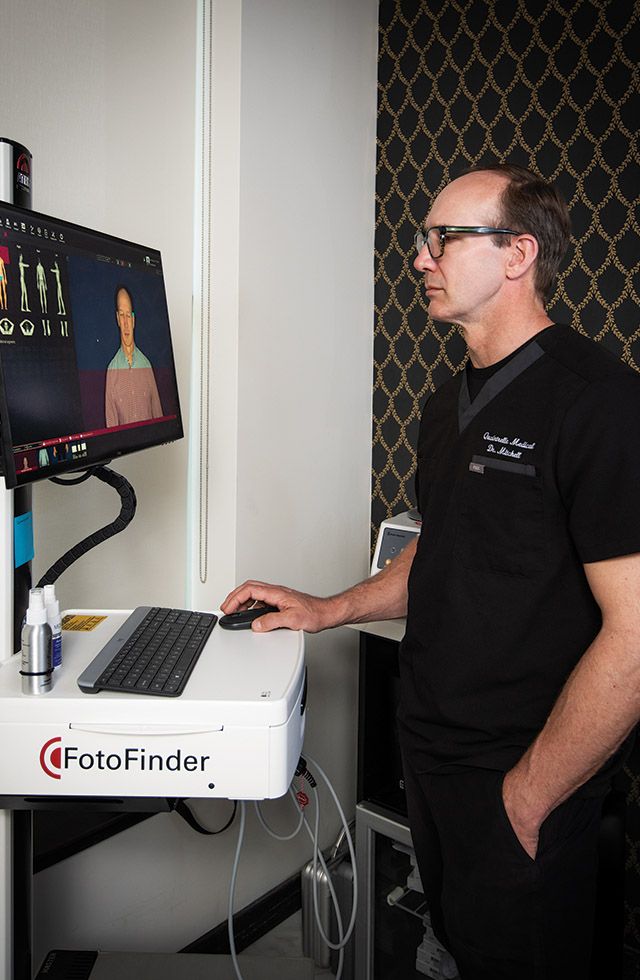
Dr. Wade Mitchell uses advanced FotoFinder technology at Quaintrelle Medical to track skin changes over time—an essential tool for early detection and skin cancer prevention.
Protective clothing is another smart strategy. Rash guards or swim shirts offer excellent coverage, with a UPF (ultraviolet protection factor) of about 50—the darker and dryer, the better. A wide-brimmed hat can protect the ears and face, while seeking shade over sunbathing helps minimize both sun damage and cancer risk.
For those seeking additional support, supplements like Polypodium leucotomos extract (a fern native to Central America) and nicotinamide (a form of vitamin B3) may reduce sun damage. Some evidence suggests nicotinamide can lower the risk of precancers and nonmelanoma skin cancers over 12 months, although the data remains of low quality.
The bottom line? Be vigilant. Sun protection isn’t just for the beach. Apply SPF daily to all exposed skin and reapply regularly—every single day of the year. It’s also wise to book an annual skin cancer screening if you are at higher risk. At Quaintrelle Medical, advanced Mole Mapping with Foto Finder technology offers a thorough way to track changes over time. Embrace your inner dermatologist. It’s a simple step that can help preserve your skin’s health and appearance for years to come. E
What We Use: Staff Sunscreen Favourites
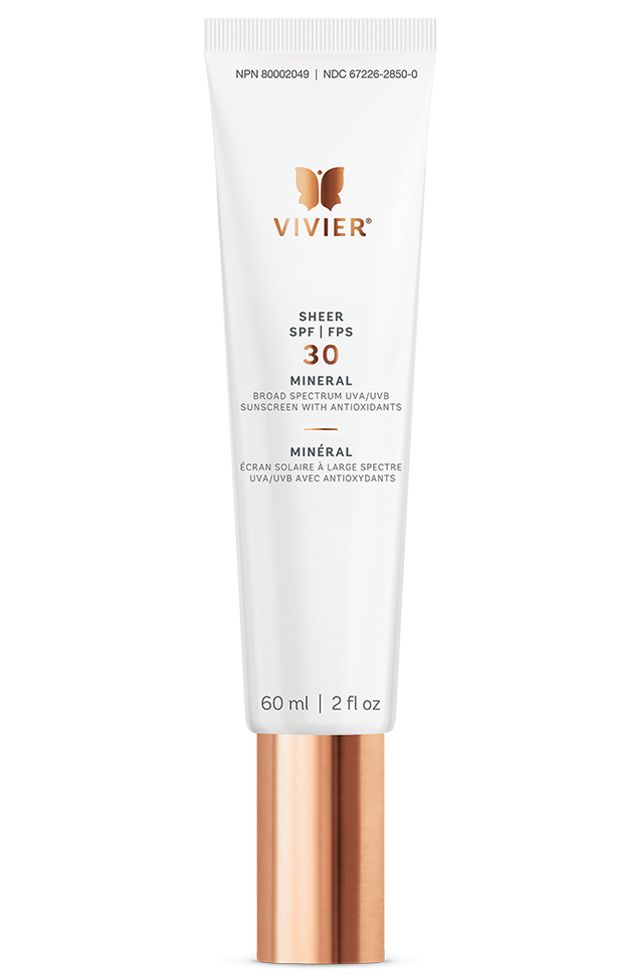
Carey’s favourite SPF is Vivier® Sheer SPF 30 Mineral Tinted sunscreen.
This lightweight, breathable formula offers broad-spectrum UV protection with a sheer tint that helps even out skin tone. Its nourishing ingredients hydrate while delivering optimal sun protection, making it a great option for daily use across various skin types.
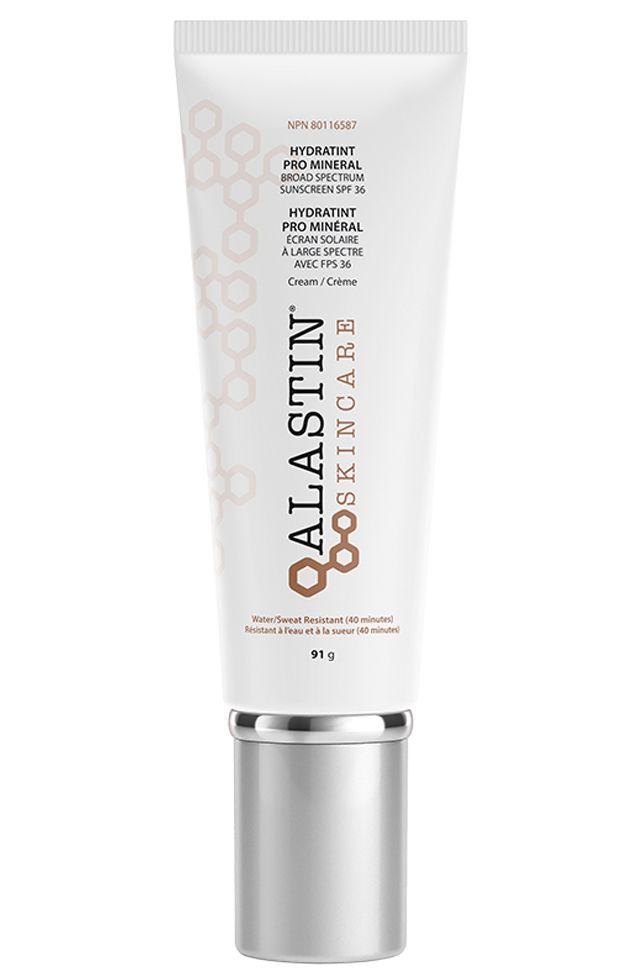
Kassidy’s favourite SPF is Alastin® HydraTint Pro Mineral Broad Spectrum Sunscreen SPF 36.
This tinted sunscreen provides light coverage and a healthy glow, making it a popular base for everyday cosmetic routines. Kassidy loves how it evens out skin tone and gives a radiant finish—even on make-up-free days.
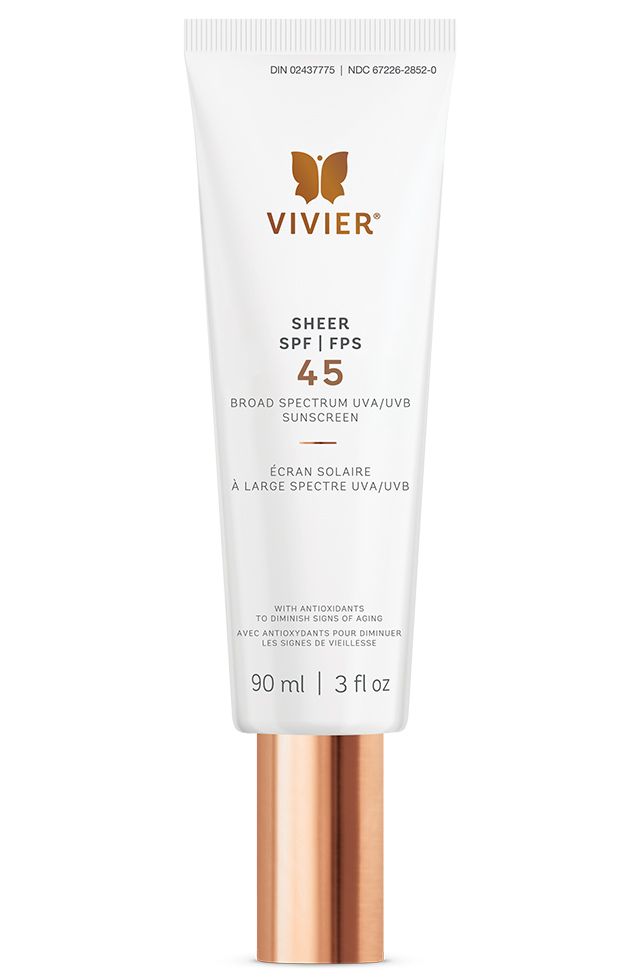
Dr. Mitchell’s favourite SPF is Vivier® Sheer SPF 45.
This physical sunscreen uses zinc oxide and titanium dioxide to block UVA rays, which account for 95% of the sun’s rays that penetrate the skin—leading to premature aging and potential cellular damage. Vivier® Sheer SPF 45 offers up to eight hours of protection (as long as the skin remains dry), while its silky matte finish helps lock in moisture and guard against daily environmental stressors.










